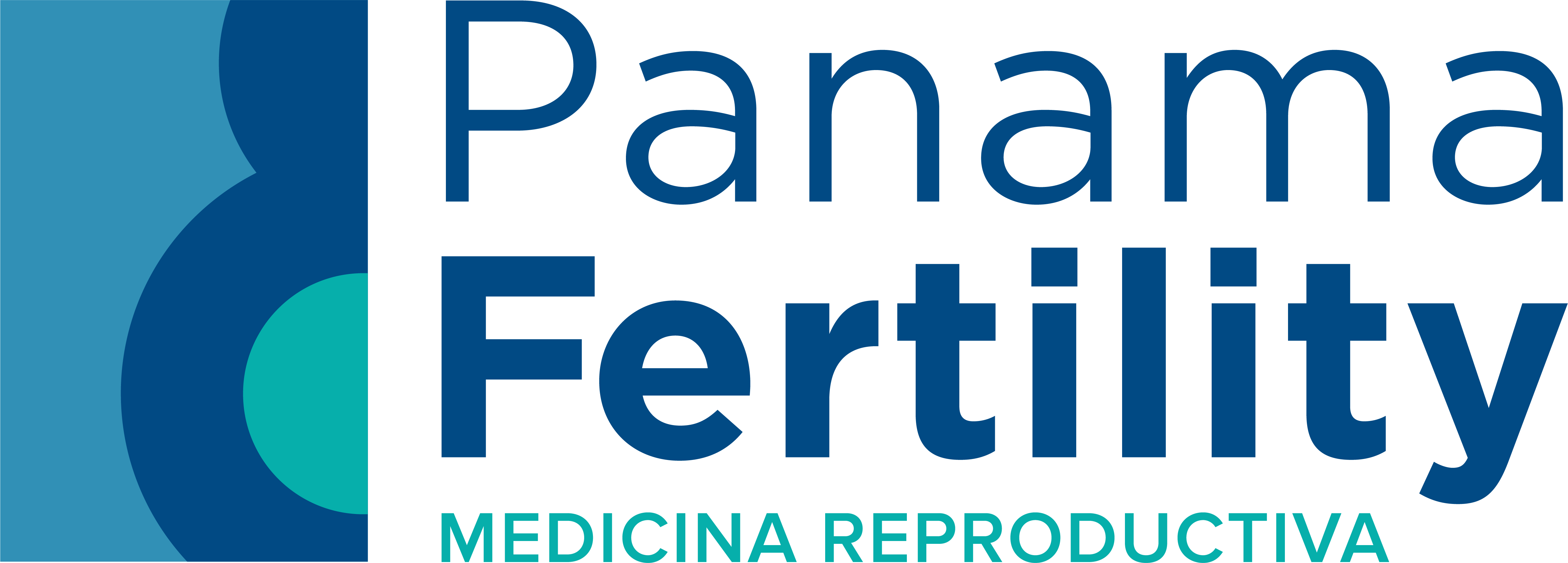ARTIFICIAL FERTILIZERS
Advantages and Disadvantages of Artificial Fertilizers: What You Should Know

Artificial fertilizers, also known as chemical or synthetic fertilizers, have played a major role in modern agriculture for decades. They are formulated in laboratories using nitrogen, phosphorus, potassium, and other minerals to boost crop production and improve plant growth. However, while they offer clear short-term benefits, their long-term impact on soil health and the environment is increasingly being questioned.
In this article, we explore the advantages and disadvantages of artificial fertilizers — helping you understand both sides of the conversation, whether you’re a gardener, farmer, or concerned consumer.
✅ Advantages of Artificial Fertilizers
1. Immediate Availability of Nutrients
Artificial fertilizers are designed to deliver nutrients in a form that plants can absorb immediately. This is especially helpful during critical growth stages when rapid uptake is essential.
2. High Nutrient Content
Unlike organic fertilizers, synthetic ones are highly concentrated, meaning smaller amounts are needed to achieve the same effect. This makes them cost-effective in large-scale farming.
3. Custom Formulations
Farmers and gardeners can choose specific NPK ratios (nitrogen-phosphorus-potassium) depending on the needs of their soil and crops, allowing for targeted solutions and greater precision in nutrient management.
4. Increased Crop Yields
One of the key reasons artificial fertilizers are widely used is because they can dramatically increase yields, supporting global food security and reducing the amount of land needed for agriculture.
5. Consistency
Synthetic fertilizers offer uniformity in quality and performance, reducing the variability that can occur with organic matter, which depends on its source and decomposition process.
⚠️ Disadvantages of Artificial Fertilizers
1. Soil Degradation Over Time
Continuous use of synthetic fertilizers can deplete organic matter in the soil, affecting its structure and long-term fertility. This can lead to soil compaction, reduced water retention, and erosion.
2. Environmental Pollution
When overused or improperly applied, artificial fertilizers can run off into rivers, lakes, and oceans, causing nutrient pollution. This often leads to algal blooms and oxygen-depleted “dead zones” that harm aquatic life.
3. Disruption of Microbial Life
Healthy soil relies on a balance of microorganisms that support nutrient cycling. Artificial fertilizers can disrupt this microbiome, making the soil less biologically active and more dependent on chemical inputs.
4. Health Risks
In high concentrations, certain compounds like nitrates can leach into drinking water supplies, posing health risks to humans and animals — especially infants and pregnant women.
5. No Improvement in Soil Structure
Unlike compost or manure, artificial fertilizers do not enhance soil texture, aeration, or water retention. This limits their ability to support sustainable agriculture in the long run.
Artificial vs. Organic Fertilizers: A Quick Comparison
Feature | Artificial Fertilizers | Organic Fertilizers |
Nutrient Speed | Fast-acting | Slow-release |
Soil Health | Can degrade over time | Improves structure |
Environmental Impact | High if misused | Lower overall risk |
Cost | Lower initially | Higher upfront but long-term benefits |
Ease of Use | Easy to apply | Requires more handling |
Both types have their place, and a balanced approach — sometimes called integrated nutrient management — is often the most effective strategy.
Why This Matters for Fertility and Health
While the term “fertility” in this article refers to soil fertility, there is an indirect connection to human reproductive health. Exposure to excess nitrates and agricultural runoff has been studied in relation to:
- Hormonal disruptions
- Male infertility
- Increased risk of miscarriage and pregnancy complications
- Birth defects linked to contaminated water
Therefore, understanding fertilizer use is not just an environmental concern — it can also become a public health issue, particularly in agricultural communities or areas with weak water sanitation systems.
Toward More Sustainable Agriculture
Reducing the reliance on synthetic fertilizers doesn’t mean abandoning them altogether. Instead, strategies such as:
- Crop rotation
- Cover cropping
- Organic composting
- Precision farming technologies
- Soil testing before application
…can help farmers maintain productivity while protecting long-term soil health and surrounding ecosystems.
Final Thoughts
Artificial fertilizers have undeniably helped feed the world, but they come with significant trade-offs. Their overuse can harm the soil, the environment, and potentially human health. The best approach often lies in balanced and responsible use, supported by education, monitoring, and the integration of organic and regenerative practices.
Whether you’re growing your own vegetables or advocating for safer agricultural systems, knowing the advantages and disadvantages of artificial fertilizers empowers you to make smarter, more sustainable choices.
ARTIFICIAL FERTILIZERS
👉 Book your appointment now.

🌟 At Panamá Fertility, we offer tailored treatment plans for women with endometriosis, combining expertise, advanced technology, and compassionate care to help you achieve pregnancy.


